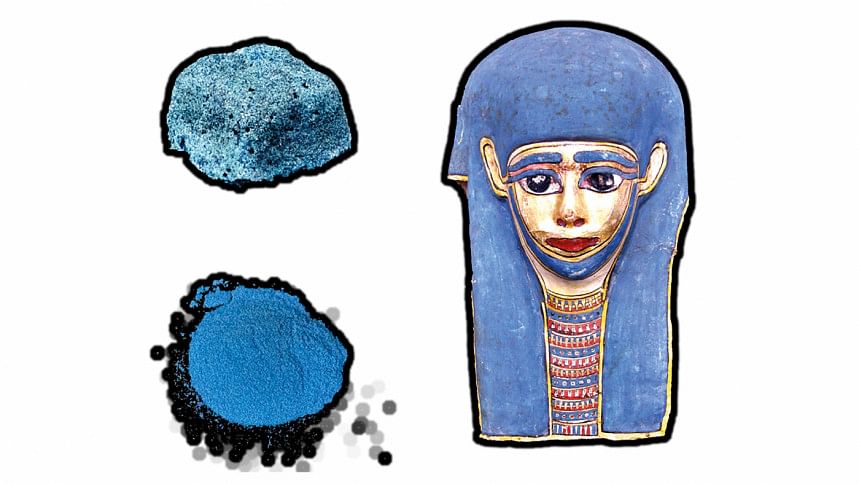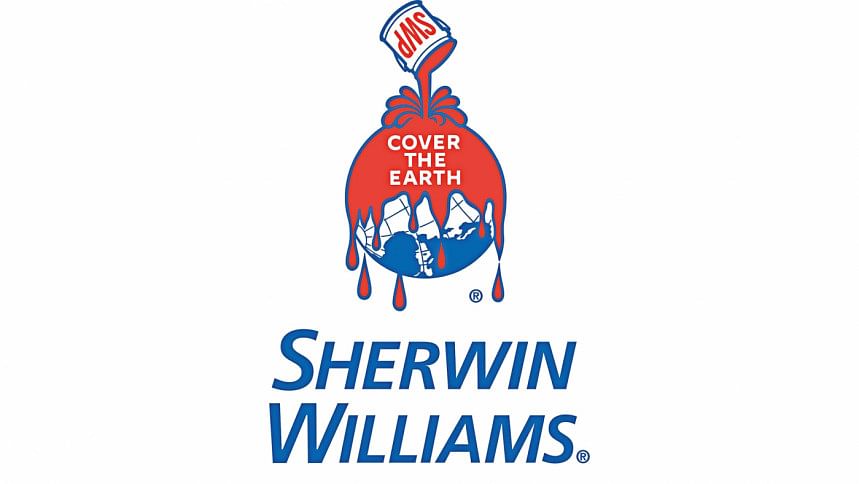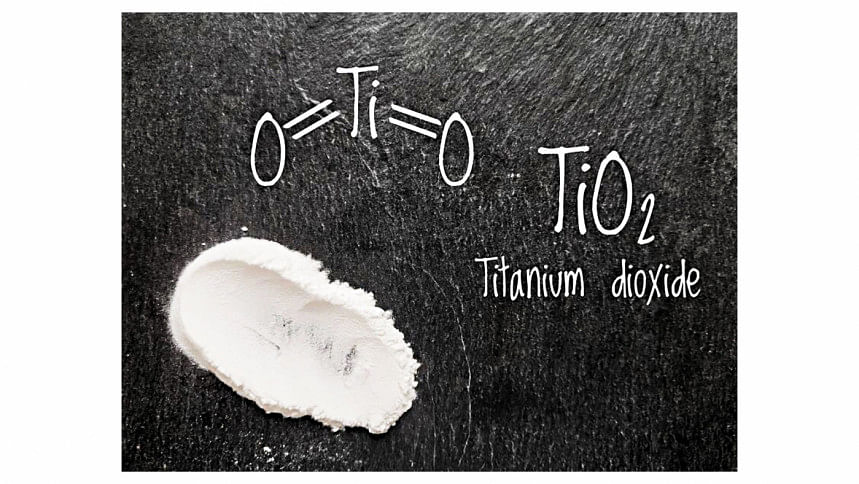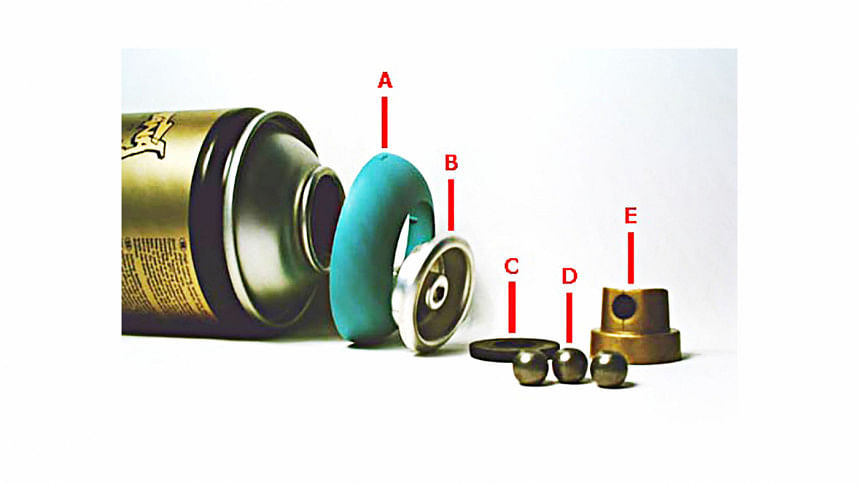A Brief History of Paint


Prehistoric Times (circa 100,000 BCE)
First Paints: Early humans in South Africa used ochre-based paints for cave paintings.

Ancient Greece (circa 500 BCE)
Encaustic Painting
Use of heated beeswax mixed with pigments for durable art.

Ancient Egypt (circa 2500 BCE)
Synthetic Pigments: Egyptians created Egyptian Blue, one of the first synthetic pigments.

Renaissance (14th - 17th Century)
Oil Paints: Introduction of oil paints, allowing for richer colors and detailed work.

18th Century
Lime Wash: Widely used for buildings, made from lime and water.
Commercial Paint: Thomas Child established the first American paint mill.

19th Century
Sherwin-Williams: In 1866, Sherwin, Williams & Co. was founded, pioneering ready-to-use house paint.
Ready-Mixed Paint: In 1867, D.R. Averill developed the first ready-mixed commercial paint.

Early 20th Century
Titanium Dioxide: Introduced in the 1920s, replacing toxic lead pigments.

Mid-20th Century
Lead Paint Ban: Lead-based paints were banned in many countries due to health hazards.
Spray Paint: Developed in the 1940s, revolutionizing graffiti and industrial applications.

Late 20th Century
Eco-Friendly Paints: Emergence of low-VOC and non-toxic paints for environmental and health benefits.

21st Century
Advanced Coatings: Development of antimicrobial, reflective, and thermochromic paints.

 For all latest news, follow The Daily Star's Google News channel.
For all latest news, follow The Daily Star's Google News channel. 



Comments